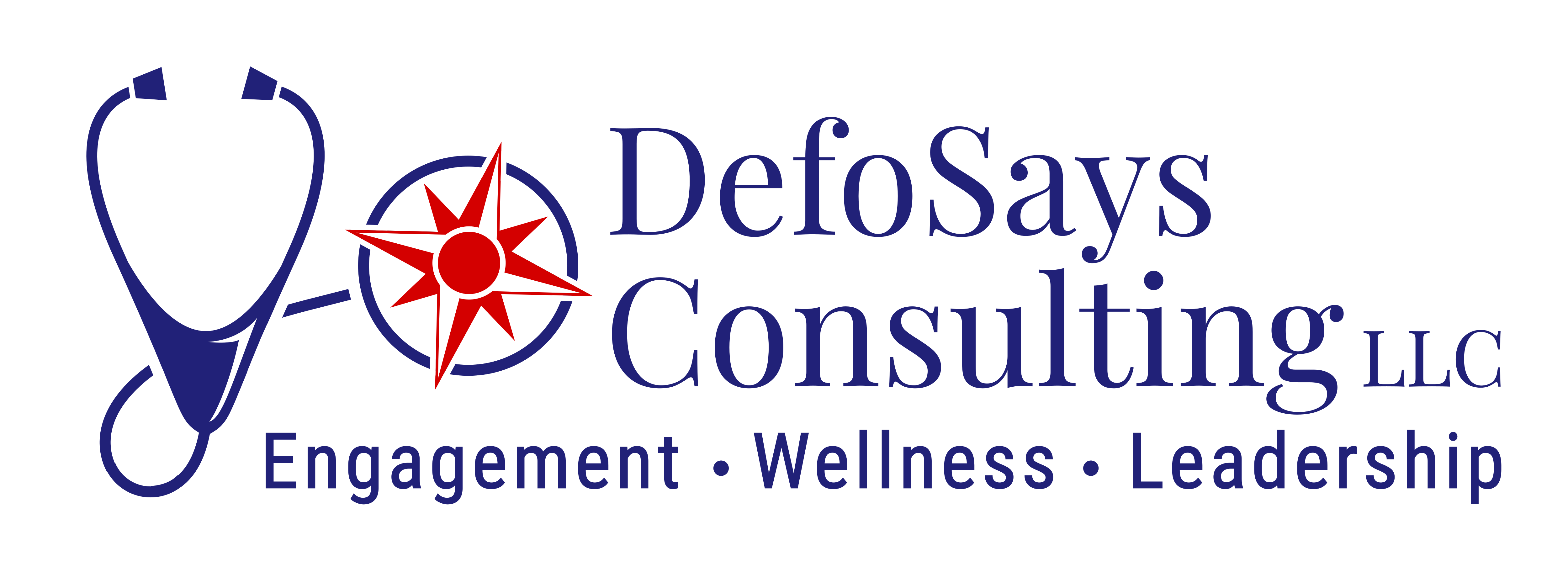
Market Breakdown in Need of Repair: A three part series
Over the next few weeks, we will be exploring the good, the bad and the ugly of the US pharmaceutical market.
Part one: The Good
- True miracles
Part two: The Bad and the Ugly
- Generic drug price gouging
- Brand name market imbalances
- Deceptive marketing
Part Three: Path to the future
- “Show me the dead Canadians”
- Public private partnerships
- Market reforms
Part one: The Good
As this is the holiday season, we will start with what is good: worldwide, the pharmaceutical industry alleviates suffering, saves lives and on occasion, drives breakthroughs in medicine which can only be described as miracles. No one wants to throw out the baby with the bathwater.
In 2013, a revolutionary new treatment for hepatitis C arrived on the market. Gilead Sciences Inc. obtained FDA approval for its new drug Sovaldi. With over a 90% cure rate for this previously incurable and often deadly disease, this was accurately hailed as a medical breakthrough.
In 2016 we learned that Biogen pioneered a miracle cure for a rare disorder of the spinal cord called Spinal Muscular Atrophy. The disease can affect adults and infants and is particularly deadly in its infantile variety. Infantile Spinal Muscular Atrophy, usually diagnosed in the first weeks of a baby’s life, carries with it a swift death sentence. Infants diagnosed with this disorder typically have less than two years to live. Spinraza, sold by Biogen, uses tiny chains of RNA to help repair the nerve cells within the patient’s spinal cord. It is these cells which control voluntary muscles and preserve their function. With repair of these cells, infants with Spinal Muscular Atrophy have been alive for well over four years now.
In 2017 Novartis was the first company in history to receive FDA approval of a human gene therapy to combat cancer, called Chimeric Antigen Receptor (CAR) T-cell therapy. CAR-T therapy has been shown to have remarkable cure rates for leukemia and lymphoma patients who were previously felt to be incurable. With this therapy, the patient’s own white blood cells are genetically modified in the lab and reinjected back into the patient’s bloodstream to kill their cancer cells. This treatment offers a realistic probability for a cure to many patients previously facing imminent death.
This is all good, and we should be grateful.
The problem: US Pharmaceutical prices are skyrocketing.
In 2013, Sovaldi came with a heavy cost: The drug, Sovaldi was priced at $1000 per pill. Typically, patients needed 84 of these pills (one per day) in order to be cured.
Collectively, we bought it. We raised spending on insurance premiums and Medicaid expenditures and hoped for the best.
Subsequently we were treated to these headlines:
$1,000 Pill For Hepatitis C Spurs Debate Over Drug Prices
The cost of Biogen’s new drug: $750,000 per patient
$475,000 Too High a Price for Novartis’s ‘Historic’ Cancer Gene Therapy?
In fact, $750,000 is only the first year’s down payment to Biogen. Spinraza was priced at $750,000 for the first year of treatment and a recurring annual price tag of $375,000 per patient.
More recently, in conjunction with CMS, Novartis came up with a performance-based model: Patients will only be charged $475,000 if the drug works in the first month.
We (you and I) have an ownership stake in these products too:
Many or most of today’s miracle drugs were developed with research which was funded or subsidized by the US taxpayer, in academic medical centers. Shouldn’t the interests of US taxpayers be considered in the pricing of these drugs?
In our next installments, we will look more closely into what is driving these increased costs and what we can do about it.
Wishing you a wonderful 2018,
Happy New year!


